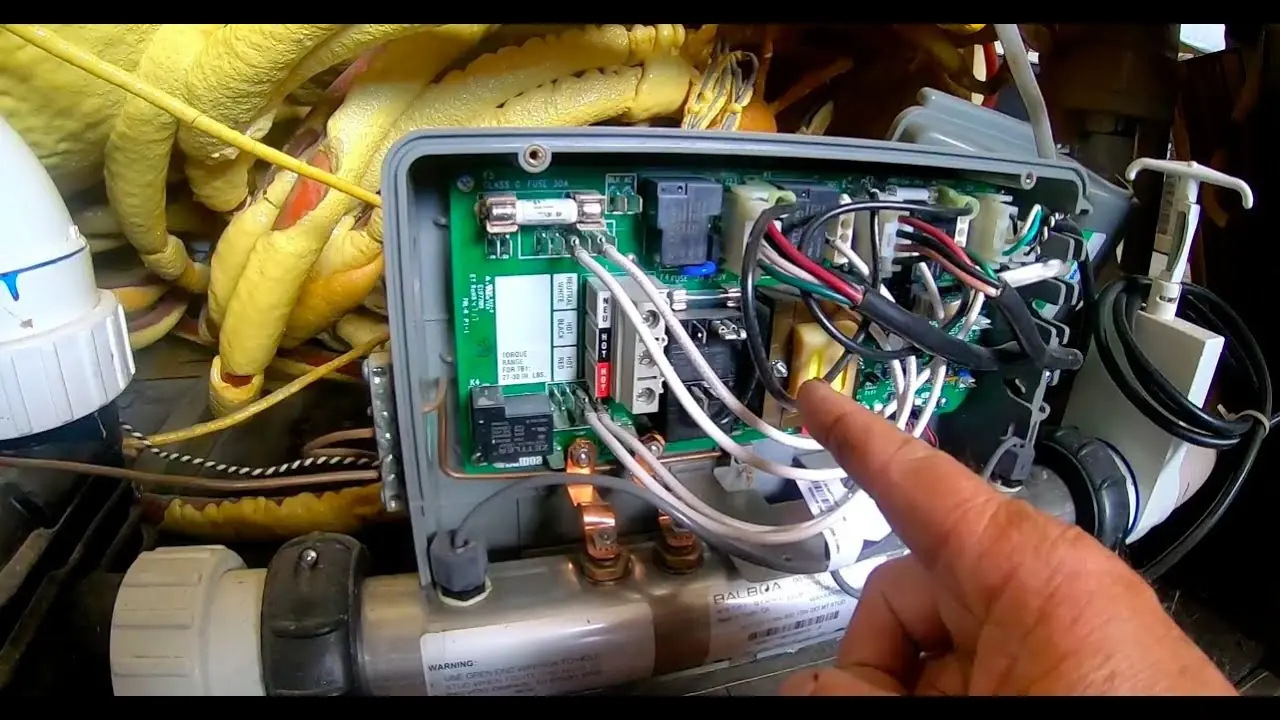Hot tubs are a great addition to any backyard. They provide relaxation, ease sore muscles, and offer a perfect way to spend quality time with family and friends. However, installing a hot tub involves much more than filling it with water and switching it on. The electrical connection is one of the most critical parts of the setup, and doing it wrong can lead to serious hazards.
Many homeowners do not realize that hot tubs require special electrical connections that differ greatly from regular home appliances. Understanding these electrical needs is key to keeping your home and family safe.
Why Hot Tub Electrical Systems Are Unique
Hot tubs require significant electrical power to run heaters, pumps, jets, and lighting. Unlike everyday appliances, they usually need a dedicated 240-volt circuit with specific amperage requirements. This means a separate electrical line must run directly from your home’s main panel.
Because hot tubs mix water and electricity, any mistake in wiring can cause life-threatening electric shocks. Water conducts electricity very efficiently, which is why professional installation by a licensed electrician is essential for safety and reliability.
Ground Fault Circuit Interrupters: A Key Safety Device

A Ground Fault Circuit Interrupter (GFCI) is one of the most important safety devices in any hot tub electrical setup. The GFCI monitors the electrical current flowing to the hot tub and cuts off power instantly if it detects a small imbalance, which could mean electricity is leaking into the water.
Without a properly installed GFCI, users risk electric shock. Unfortunately, many DIY or low-quality installations skip or incorrectly install this vital device, leaving the system unsafe. GFCIs must be installed to meet electrical codes and tested regularly to ensure they function correctly.
The Dangers of Inadequate Wiring
Using the wrong wire size for a hot tub installation is a common but serious mistake. If the wire is too small for the power load, it can overheat, melt insulation, and start a fire. Hot tubs draw a lot of current, especially when the heater is active. If the wiring is not suitable, the heat buildup can cause severe damage.
Licensed electricians calculate the correct wire size based on power needs and distance from the electrical panel. This ensures both performance and safety.
Distance and Bonding Requirements
Electrical codes define how far electrical components must be from hot tub water. These rules exist to prevent accidental contact with electricity, even if someone splashes water or reaches outside the tub.
Bonding is another important requirement. It connects all metal components, such as the tub frame, nearby fences, and water pipes, to maintain the same electrical potential. Without proper bonding, voltage differences can cause electric shocks if someone touches two unbonded metal objects.
Outdoor Installation Challenges
Outdoor hot tub setups require extra precautions. Electrical equipment must be protected from the weather while remaining easy to access for maintenance. Using weatherproof boxes, proper conduit systems, and correct burial depth for underground cables is essential.
In areas like Norman, where weather conditions vary, outdoor installations need materials and designs that withstand both heat and moisture. Poor weatherproofing can quickly lead to costly electrical problems.
Permits and Inspections
Skipping permits to save money on hot tub installation is a mistake that can cost much more in the long run. Unpermitted electrical work can:
- Void homeowner’s insurance
- Lead to fines and rework costs
- Create safety risks or fire hazards
- Lower property value when selling
Electrical inspections exist to confirm that installations meet safety standards. Inspectors check GFCIs, grounding, wire sizing, and bonding to ensure the setup is safe and compliant.
Warning Signs of Electrical Problems
If your hot tub is already installed, look for these warning signs:
- GFCI trips often, especially when heating
- Tingling sensations in the water
- The lights flicker or dim when the hot tub runs
- Warm or hot electrical panels
- Burning smell near electrical components
- Circuit breaker trips frequently
Any of these signs means you should contact a professional electrician immediately.
Common Installation Errors
Some common mistakes homeowners or unqualified installers make include:
- Plugging hot tubs into regular outlets
- Skipping the disconnect switch near the tub
- Incorrect GFCI placement
- Using poor conduit or exposed wiring
- Missing proper grounding
Each of these mistakes increases the risk of shock or fire.
Safety Comes First
A hot tub should bring comfort, not danger. Safe electrical installation is the foundation of a reliable and enjoyable experience. Hiring qualified electricians ensures your system meets all safety standards and performs efficiently.
Professional Hot Tub Electrical Services in Norman
Tri-L Electric provides professional hot tub electrical installation and inspection services across Norman and nearby areas. Our licensed electricians ensure your hot tub wiring is code-compliant, weatherproof, and safe for long-term use.
Contact Tri-L Electric today for expert hot tub electrical services that keep your home and family safe.
